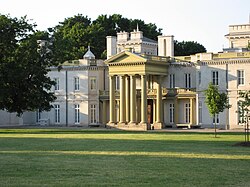



Hamilton, Ontario has a large variety of historical sites, cultural and educational institutions, and an aviary for exotic birds.




Hamilton, Ontario has a large variety of historical sites, cultural and educational institutions, and an aviary for exotic birds.






{{cite web}}: Missing or empty |url= (help)